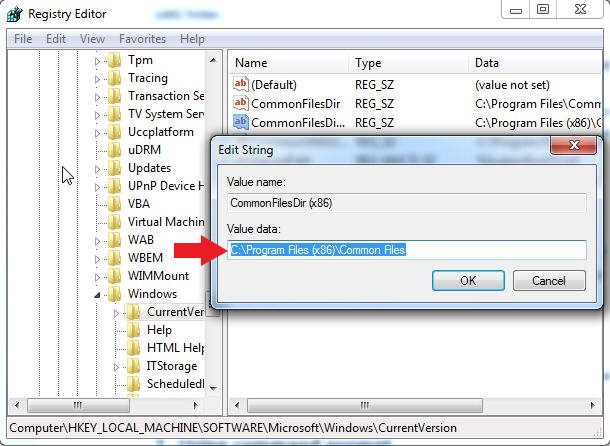How To Move Program Files To Another Drive In Windows 10?
When you're running out of space on your C: drive, you need to move program files on another drive. How to do it? In this guide we'll explain the easiest ways to do that.
For a lot of Windows 10 users, moving files or folders to another location is a really easy thing to do. You simply just need to cut a file or folder from one location, and then paste it to another location.

However, most users are unsure when it comes to moving program files to another drive in Windows 10. By default, your program will be installed to Drive C. The Program Files folder in Windows 10 is hard-wired into the operating system.
Besides the Program Files folder, there is also the Program Files (x86) folder which is designed to allow backward compatibility so that you can run 32-bit applications.
Normally, most programs in Windows will not be able to run properly if you move the Program Files folder. However, you might encounter a situation where you need to move some of the folders to another location.
Wondering how to move your program files to another drive in Windows 10? You are in the right place! Below are steps to help you move programs file safely and properly:
Method 1: Moving Program Files to a Different Drive Located on the Same Disk
To move the Program Files folder to another drive on a same disk, you can utilize the “Move” feature. Using this feature, you will be able to move the Program File folders from Drive C to D. Here is how:
- Click on Start and the select Settings.
- Choose System and go to Apps & features.
- When you see a list of apps, select one you want to move.
- Click Move option under the selected app.
- When a small dialog box appear, click Move again.
You’ve succeeded moving the folders! Repeat the steps above until you have moved them successfully.
Method 2: Moving Program Files to a Different Disk
To move program files to another disk, you can utilize the “Registry Editor” feature. The steps below can be a little bit overwhelming for you if you are not familiar with Registry Editor. Thus, please follow the instructions carefully.
There are two important steps you need to do before you start using the Registry Editor:
- Make a new “Program files (x86)” on the targeted drive.
- Copy the directories from “Program Files” and “Program Files (x86)” to the targeted location.
- Open CMD and type following commands:
- Robocopy "C:Program Files" "D:Program Files" /mir
- Robocopy "C:Program Files (x86)" "D:Program Files (x86)" /mir
Now, you can continue the process of moving your program files. Do the following instructions cautiously:
- Press “Win + R” and type “Regedit.exe”
- Find the path below and change the “C:” to “D:”

Method 3: Using mklink
You can also move the Program Files folder to another disk by using mklink. For this, you will need to make a symbolic link using CMD. Symbolic link is similar to a program shortcut. Follow the steps below:
- Run CMD
- Move the whole Program Files folder from C: to D: by typing the following command: mklink /D “Program Files” “D: Program Files” and press Enter.
- Now you have created a symbolic link.
By creating a symbolic link, the default path will still be in C: but the whole installation files and folders will be located on D when you install a program.
Summary: Move Program Files to another drive in Windows 10
- Open up the Local Group Policy Editor by typing in gpedit.msc from Start or from Run command box.
- Navigate to User Configuration\Administrative Templates\Windows Components\File Explorer.
- In the right pane, double-click on Change installation path for applications policy to edit it.
- Select Enabled from the options and enter the directory name where you want to install new applications by default, Click OK.
- Click Apply button on the left bottom side of the window and click OK.
Conclusion
To sum it up, moving the Program Files folder to a different drive is possible. You can try one of the methods listed above to move the folders. Please follow the instructions carefully and contact an expert if you are not sure about doing it yourself.